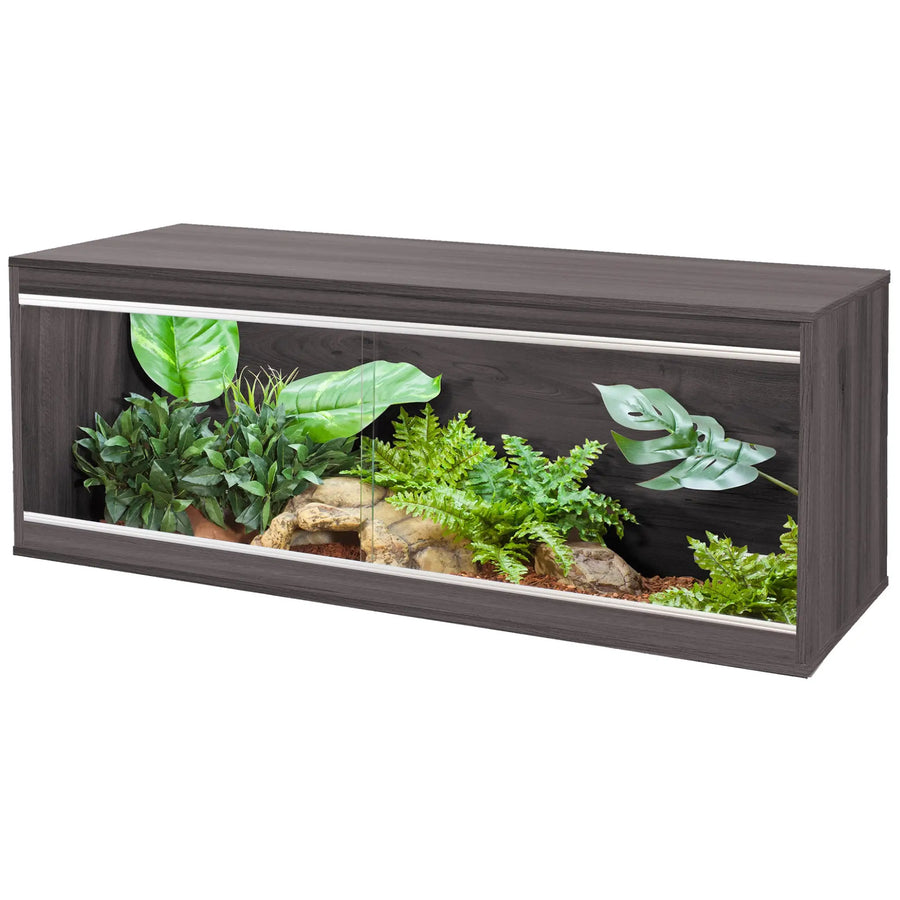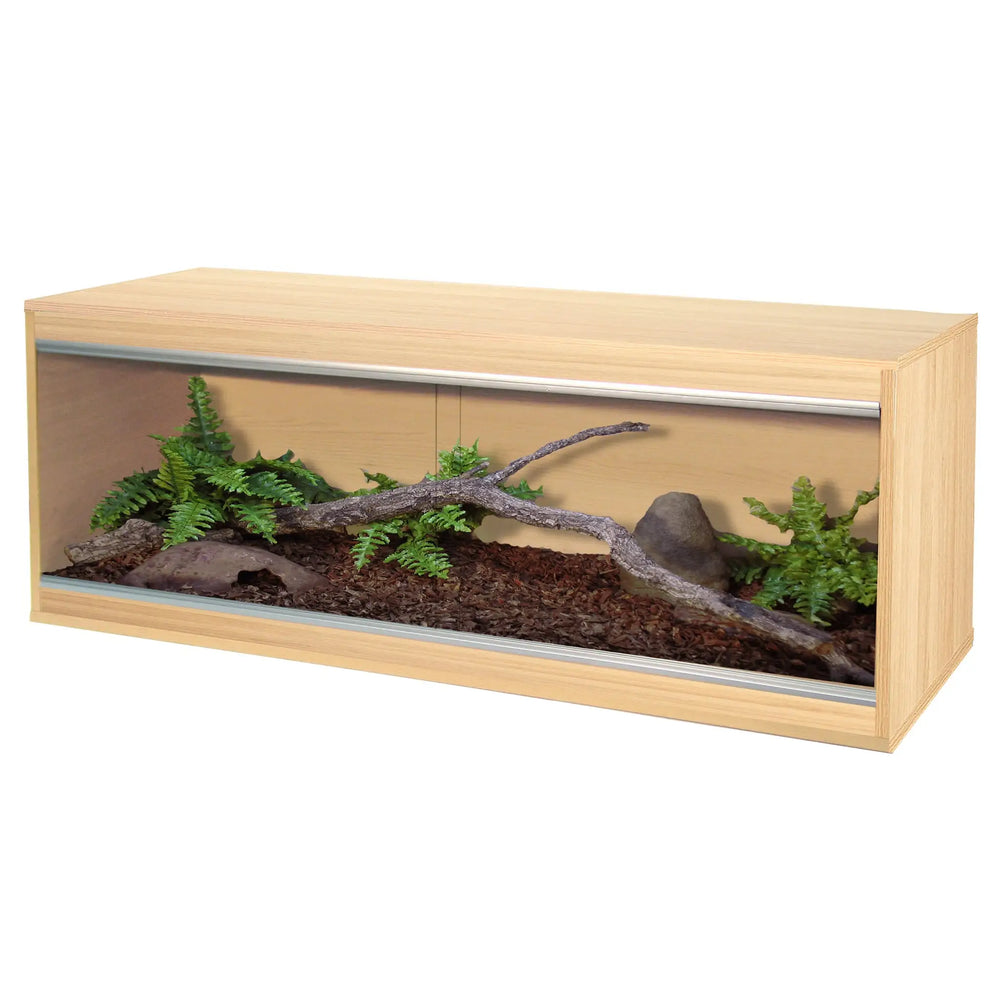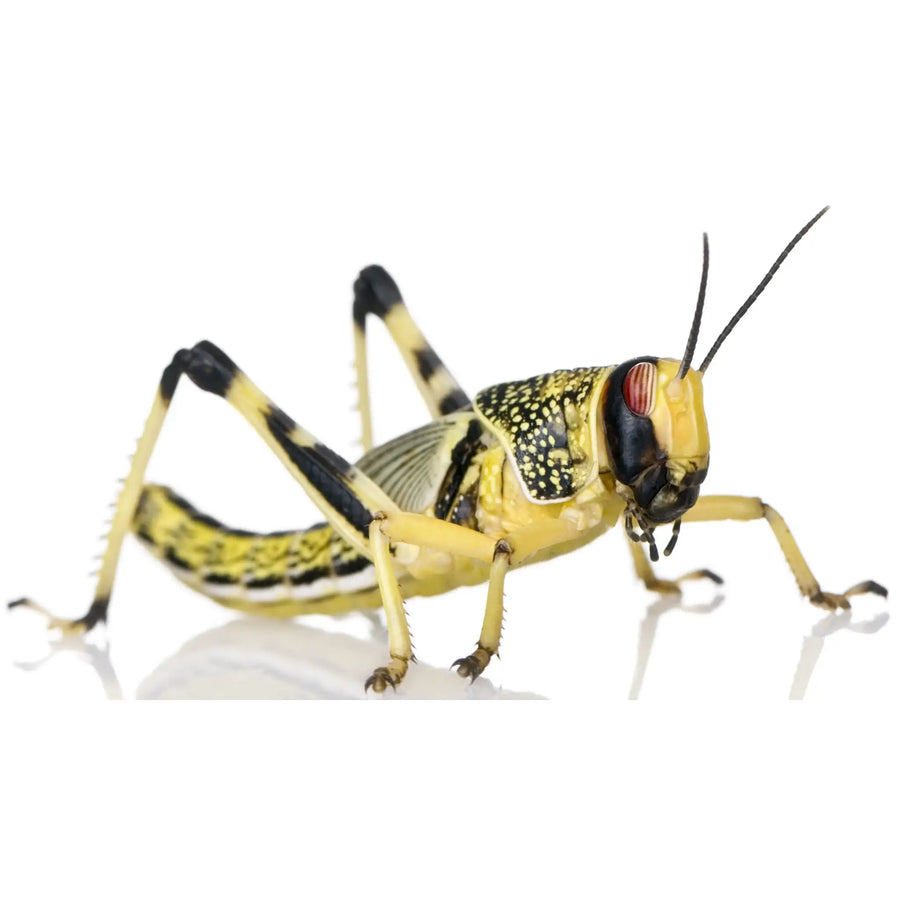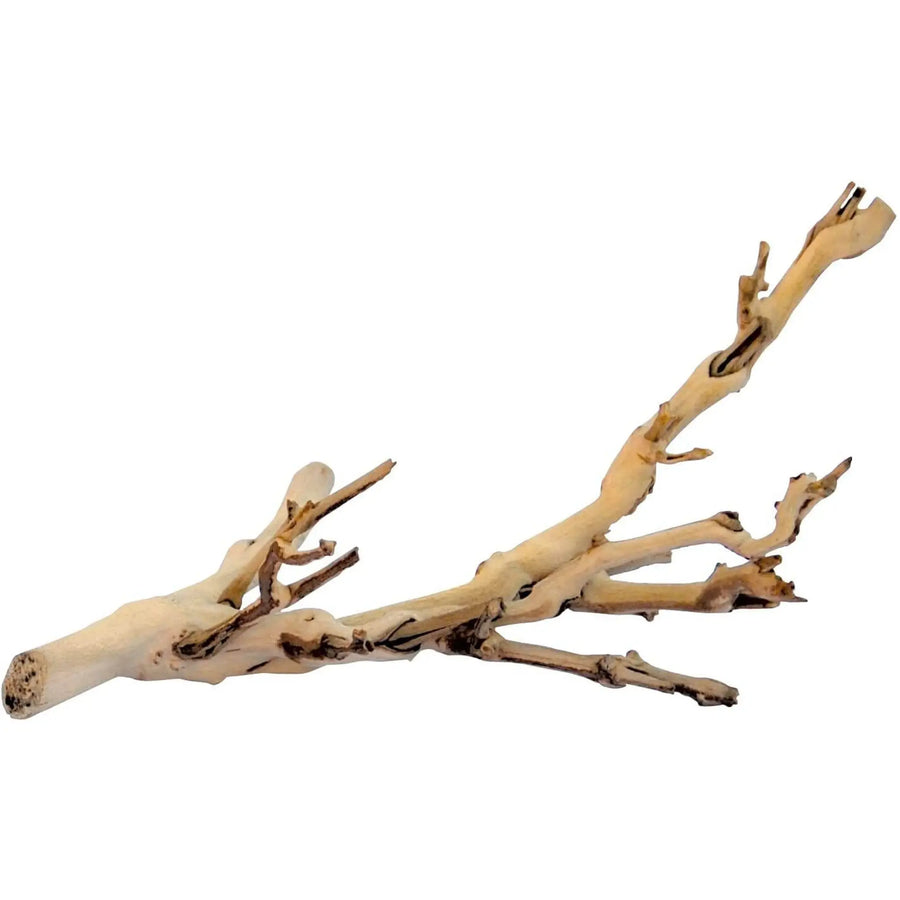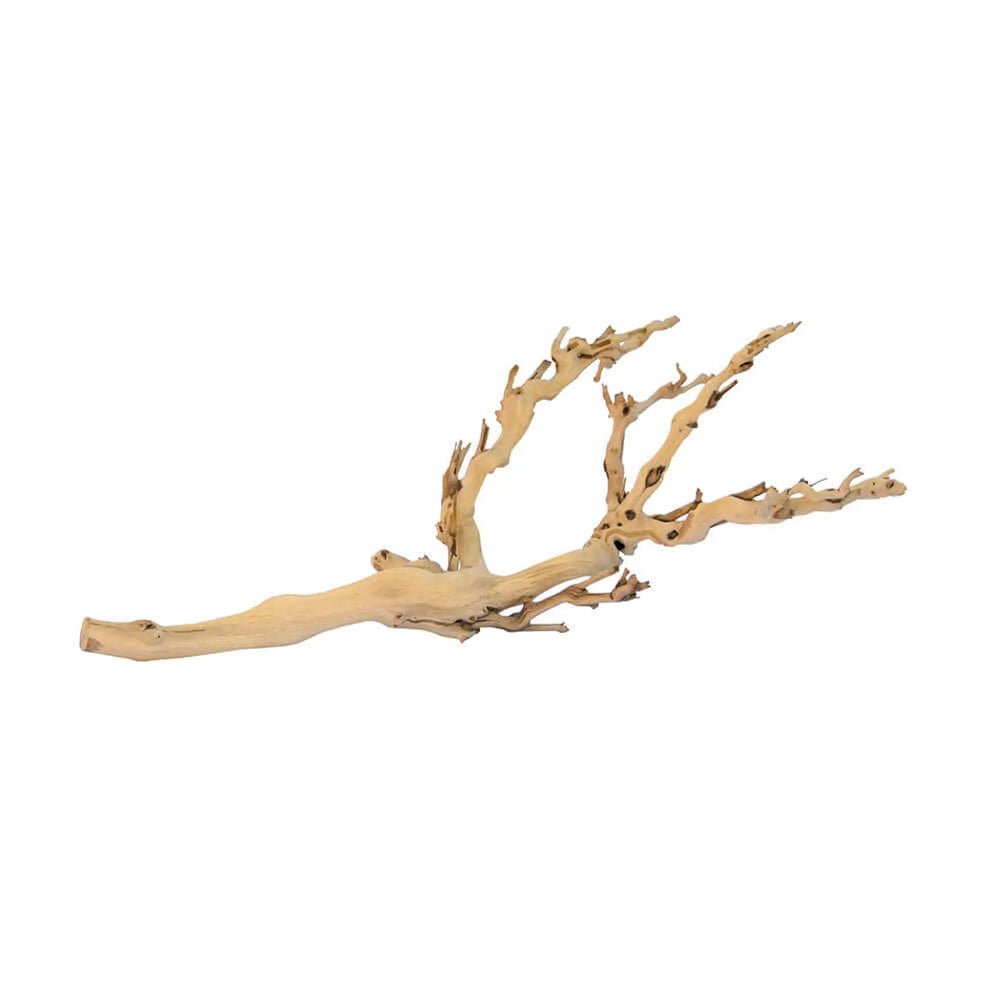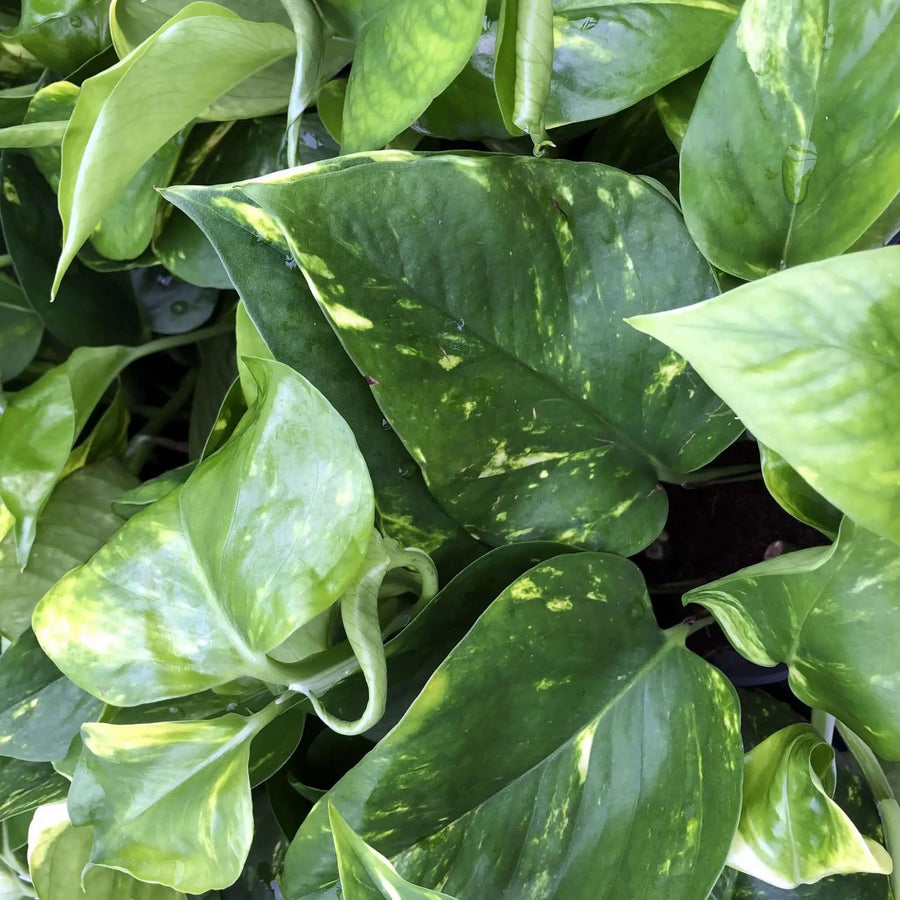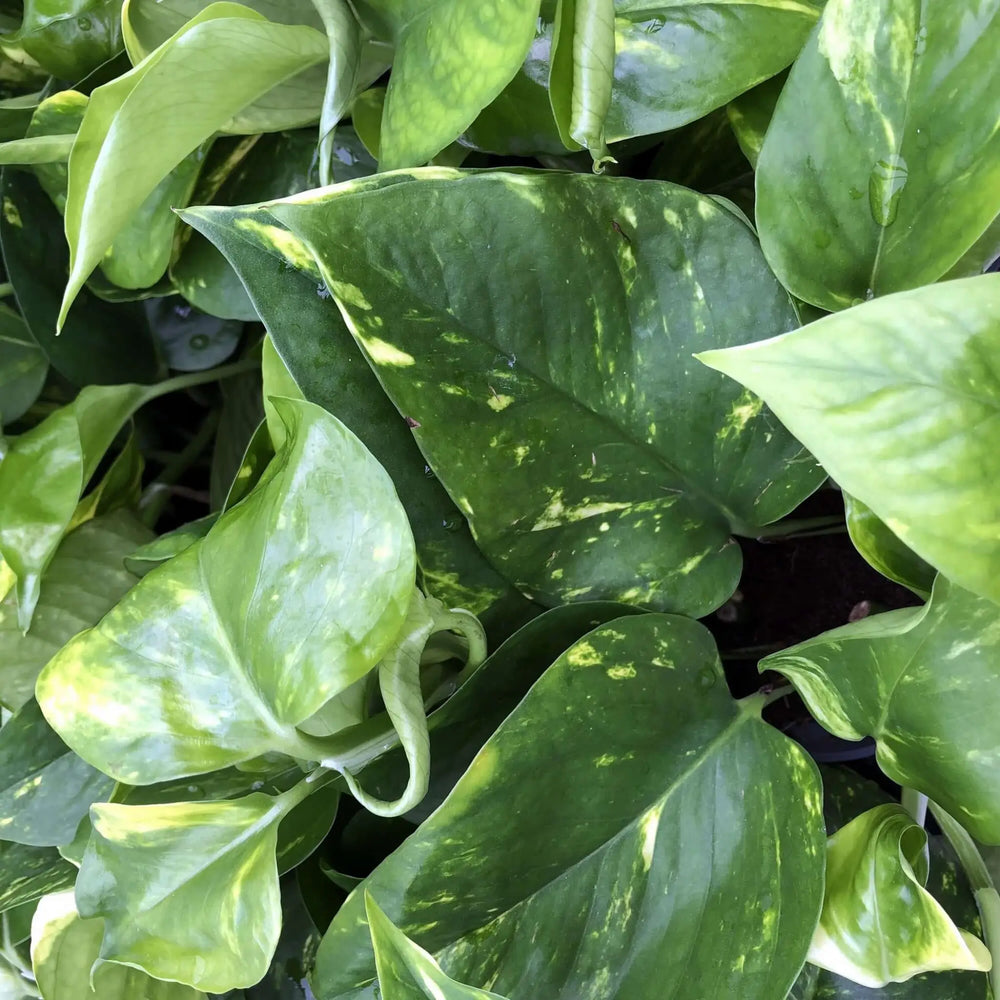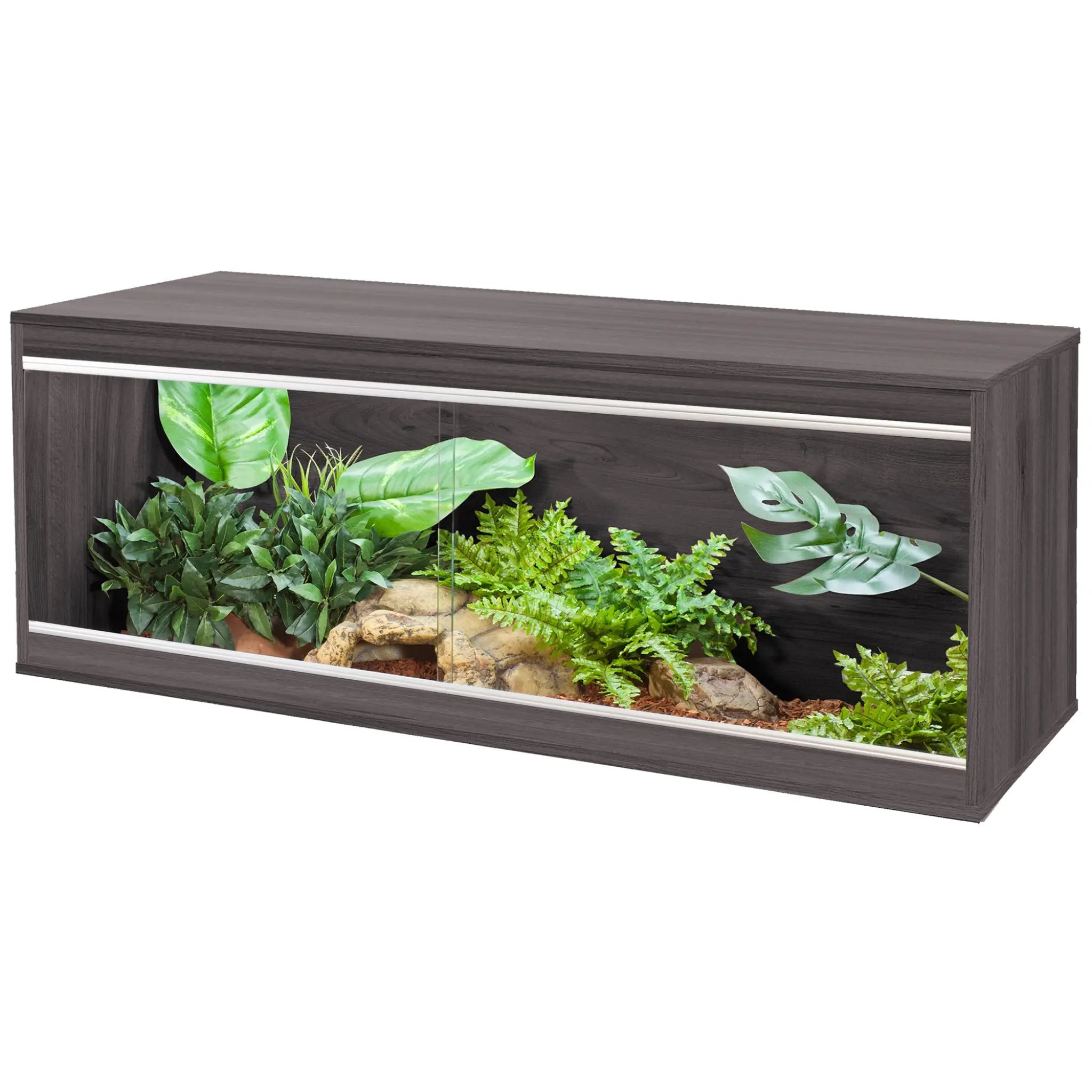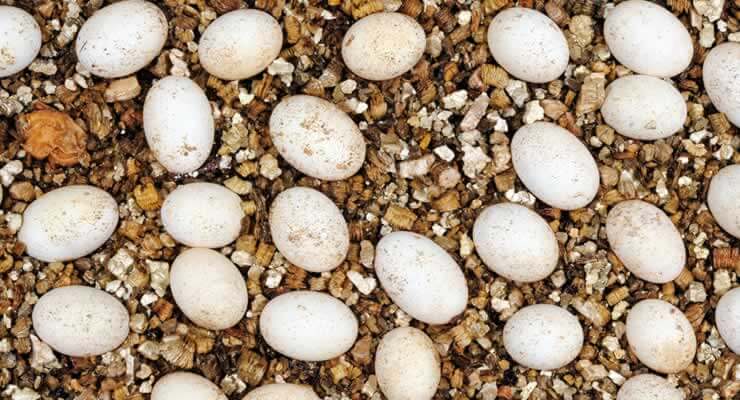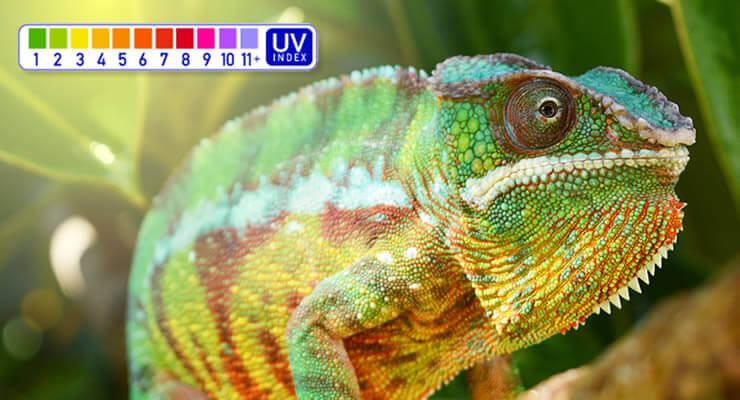
How to Keep Locusts Alive: 5 Essential Things to Consider for Survival
Keeping feeder locusts alive can be a simple task if you know the right steps. To keep locusts alive, provide them with a good enclosure, proper ventilation and a nutritious diet that hydrates them. You can house locusts in a plastic tank or container with a fine mesh lid to ensure air circulation. Ensure the enclosure is kept at room temperature or slightly warmer, around 20 – 30°C, to mimic their natural habitat.
Nutrition is key for locusts to thrive. Their diet should include a variety of fresh vegetables and leafy greens, which offer essential nutrients and moisture. You can also use bug gel for hydration and bran for additional nutrition. These steps are crucial to gut load the locusts, making them more nutritious live food for your exotic pets, such as bearded dragons or leopard geckos.
1. Understanding Locusts

Locusts are remarkable insects with unique characteristics and behaviours that distinguish them from other species. Knowing their unique traits and habits can help you better care for and maintain your locusts.
Species and Characteristics
Locusts belong to the grasshopper family, specifically known as the short-horned grasshopper. The most commonly kept species are the desert locust (Schistocerca gregaria) and the migratory locust (Locusta migratoria).
Locusts have strong back legs designed for jumping and can travel long distances. They have two pairs of wings, with the front pair being tougher and the back pair being large and used for flying. Their body is segmented and they have antennae that help them sense their environment.
These insects are typically yellow, black or brown, which helps them blend into their surroundings and avoid predators. Locusts undergo incomplete metamorphosis, meaning they hatch from eggs as nymphs that look like smaller versions of adults and gradually grow wings and mature.
Behavioural Patterns
Locusts are social insects that can change their behaviour depending on their population density. When locusts are in a low-density phase, they are known as solitary and behave more like typical grasshoppers. However, when their population becomes dense, they enter a gregarious phase, forming large swarms.
Locusts communicate through both visual signals and the sounds they produce by rubbing their legs against their wings. This mutual communication helps them stay coordinated while swarming. Additionally, they exhibit cannibalistic tendencies, especially when food is scarce or they need essential nutrients like proteins and salts.
2. Creating a Suitable Habitat

To keep locusts alive and healthy, it's important to create a habitat that meets their natural needs. This includes the right enclosure, temperature, humidity and appropriate substrates and furnishings.
Enclosure Setup
Start with a well-ventilated enclosure made from glass or plastic with a secure lid to prevent escape. A fine mesh top ensures good airflow. The container housing locusts should be large enough to avoid overcrowding, as locusts need space to move and climb.
Place branches and twigs inside the enclosure to give locusts places to climb. A shallow dish with water gel helps maintain moisture without the risk of drowning. Make sure the environment is dry and clean to avoid mould and bacteria growth.
Temperature and Humidity Regulation
Maintaining a warm and dry environment is crucial. Locusts thrive at temperatures between 24°C (75°F) and 32°C (90°F). Use a heat mat or lamp to provide an appropriate heat source and monitor it with a thermometer.
Humidity should be kept at 50% to 60%. Too much moisture can lead to fungal growth and respiratory issues, while too little can cause dehydration. Ensure a balance by avoiding wet substrates.
Substrate and Furnishings
Choose a dry substrate like sand or coconut fibre. These materials absorb waste and are easy to replace. Avoid substrates that hold too much moisture, as locusts are prone to fungal infections.
Furnishings should include hideouts, such as small boxes or tubes, providing locusts with places to shelter and reduce stress. Ensure food is placed in a shallow dish to avoid contamination and make cleaning easy.
3. What to Feed Locusts for Longevity

Feeding locusts the right diet is key to keeping them healthy and extending their lifespan. They need a balanced diet, a regular feeding schedule and essential supplements.
Dietary Needs
Locusts thrive on a variety of fresh vegetables and leafy greens. Lettuce, carrots and cabbage are great staples. Including bug grub is also beneficial. This protein-rich food helps maintain their health. They will also eat bran, which can be sprinkled over their enclosure.
Gut loading is crucial because it ensures that the nutrients your locusts consume are passed on to your pets, like bearded dragons and leopard geckos. Choose vegetables that are high in calcium and vitamin E but low in oxalates to prevent nutritional imbalances.
Feeding Schedule
To keep your locusts healthy, feed them daily. Fresh food should be provided in small amounts to prevent spoilage. Remove any uneaten food each day to avoid mould and bacteria, which can harm your locusts.
Providing fresh water daily via bug gel is essential. A shallow dish with a fine mesh or sponge can prevent drowning. Monitor their water intake to ensure they are not dehydrated, especially in warm conditions where moisture evaporates quickly.
Supplements
Adding supplements to their diet can enhance their nutritional value. Calcium powder can be very lightly dusted on their food to boost their nutrient intake. This is especially beneficial if the locusts are being used as reptile food, as it helps improve the nutritional content of the feeder insects.
4. Health and Wellness

Maintaining the health and wellbeing of your locusts involves recognising early signs of potential illness and isolating them from the group.
Recognising and Addressing Illness
Signs of poor health in locusts can include lethargy, discolouration, missing limbs and a lack of appetite. Healthy locusts are active, brightly coloured and readily eat their food. Observing these behaviours helps you identify potential issues early.
If you notice any signs of illness, isolate the affected locusts. Maintain a clean environment to prevent the spread of disease. This helps create a healthy colony.
Preventative Care
Preventative care involves maintaining proper living conditions and ensuring a nutritious diet. Keep the temperature of the locusts’ enclosure between 24 – 32°C (75 - 90°F) as they thrive in warm environments. Proper ventilation is also essential to prevent mould and provide fresh air.
Ensure their housing has a fine mesh to prevent escapes and enough space to avoid overcrowding. Regularly check for any dead insects and remove them to avoid contamination.
5. How to Breed Locusts Effectively in Captivity

Breeding locusts in captivity involves setting up the right environment and ensuring proper egg laying and care for the young.
Breeding Environments
To breed locusts successfully, you need a warm, dry environment. The enclosure should be kept at around 32°C for breeding purposes. Maintaining a humidity level of 50% to 60% is optimal.
A heat source like a heat cable can help keep the temperature stable. Use a substrate like sand or bran for the locusts to lay their eggs in.
Egg Laying and Incubation
For egg laying, set up a designated laying bin within the enclosure. The bin should be filled with a moist substrate such as sand. Female locusts will burrow into the substrate to lay their eggs.
To ensure proper incubation, maintain the temperature between 32 and 35°C. Eggs typically hatch within two weeks under these conditions. Additionally, it’s important to separate the locusts at the different stages. For example, separate them by size to avoid competition for food.
Monitor the moisture of the substrate to keep it from drying out, which can kill the eggs. Use a fine mesh over the bin to prevent drowning of newly hatched nymphs. Keeping young locusts in a separate area can help control their environment and increase their survival rate.
Frequently Asked Questions
When keeping locusts as a feeder insect for your reptiles, there are several key factors to ensure they stay healthy. Here are some of the most commonly asked questions about them.
How long do locusts live in captivity?
Adult locusts typically live for a few weeks to a few months in captivity. The lifespan can vary based on the care they receive. Providing proper nutrition and an environment that mimics their natural habitat can extend their life.
What do locusts eat in captivity?
In captivity, locusts should be fed a varied diet that includes fresh vegetables and leafy greens. Foods like lettuce and bug grub are suitable. It's also important to gut load them, meaning you feed them nutrients that will benefit the reptiles that eat the live locusts.
What common factors contribute to the mortality of captive locusts?
Several factors can shorten a locust's life in captivity. Keeping them too cold can lead to slow growth or death. They thrive at temperatures between 24°C to 32°C. High humidity can also be harmful, as locusts prefer dry conditions. Overcrowding and poor nutrition can further contribute to high mortality rates.
Contact Us Today for Any Info You Need About Live Food
Keeping locusts alive can be tricky, so hopefully this guide has helped you to understand the process better. That said, if you’d prefer to leave to the pros, we have you sorted.
At Reptile Centre, we offer a live food subscription, with options to get deliveries once a week, bimonthly or once a month. Alternatively, if you’re just looking for some advice, feel free to contact us at 01604753823 or sales@reptilecentre.com.


